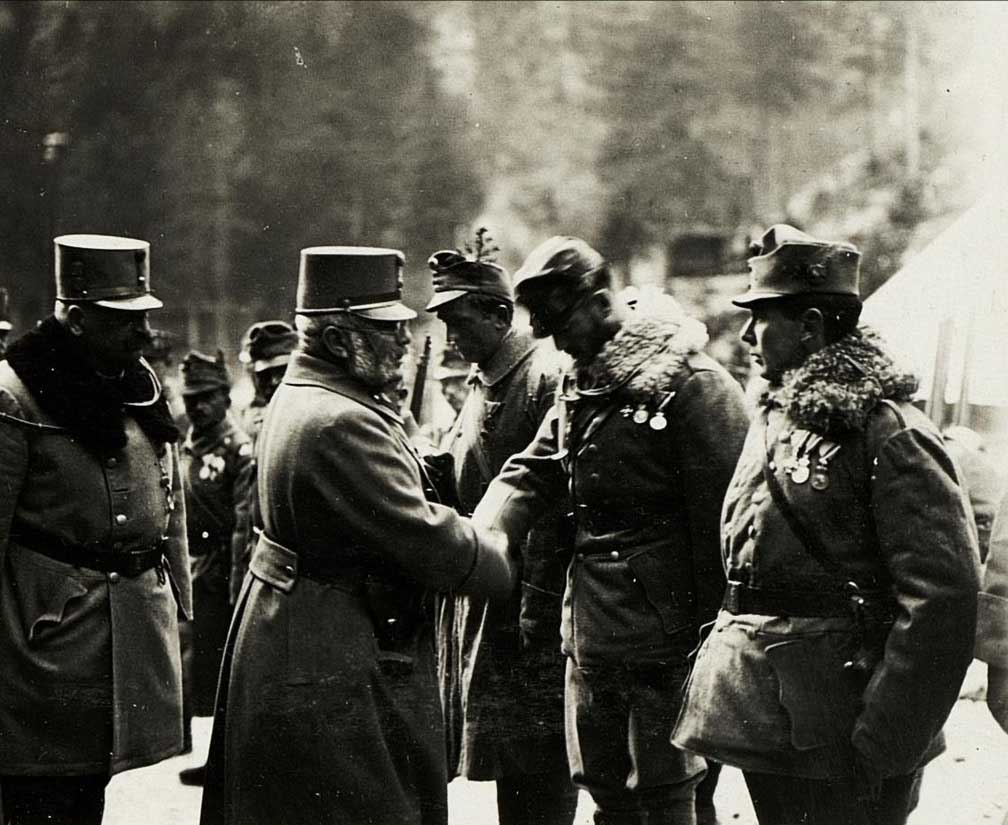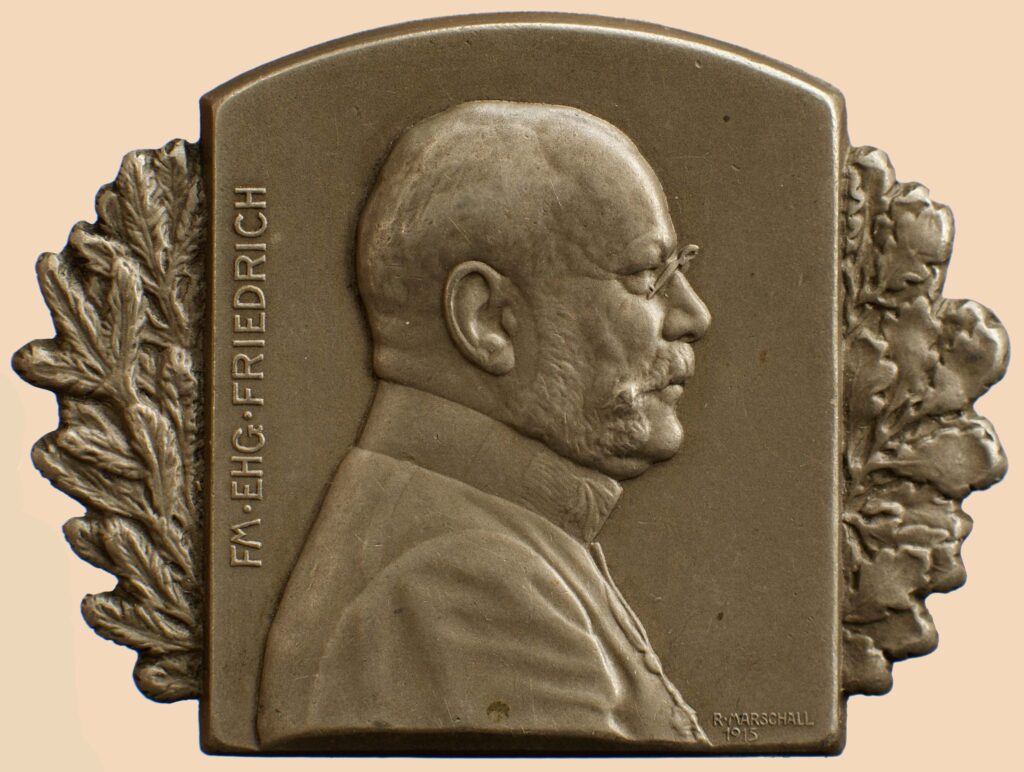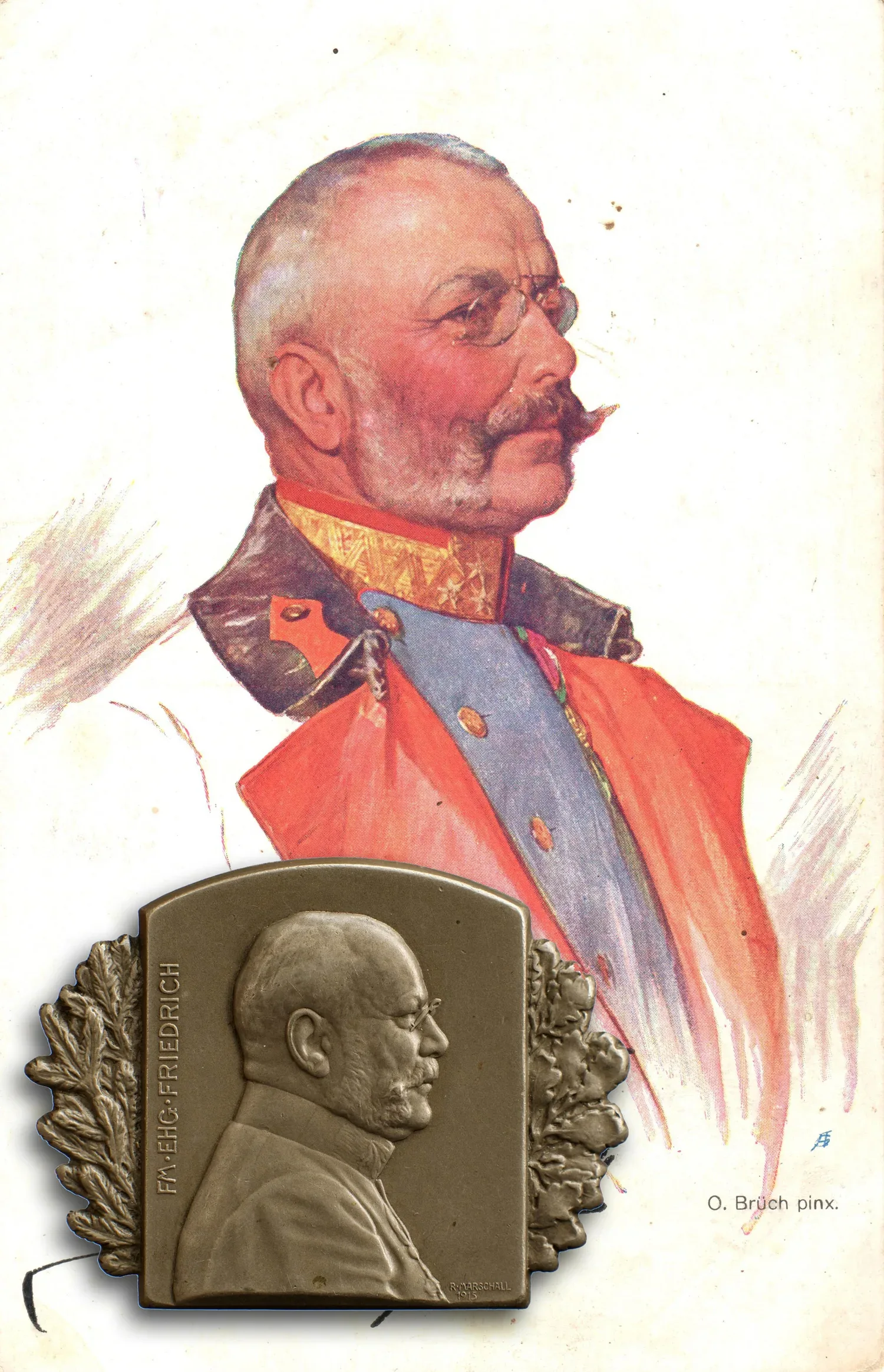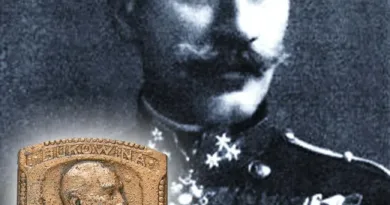Archduke Friedrich
He was born in the Teschen branch of the Habsburg-Lorraine house in 1856. Grandson of Archduke Charles, who was the first prince of Teschen. After the deaths of his father and uncle, he inherited the title of Prince of Teschen. Archduke Eugen, his brother was the Grand Master of the German Knights and a successful commander of the Great War.
Archduke Friedrich began his military career in 1871 as a lieutenant in the Tyrolean Hunter Regiment. He graduated from the Military Staff Academy and then rose rapidly on the ranks in 1979, at the age of 23, he was a colonel, general major in 1882. He was also frequently decorated with military honors. On the occasion of the 50th anniversary of Franz Joseph’s coronation he received the military cross of merit adorned with diamonds. From 1905 he became Chief Inspector of the Imperial Military Forces, and from 1907 Commander-in-Chief of the Austrian Landwehr. Due to his family conflict with the heir to the throne, Franz Ferdinand he considered retiring in 1914. After the death of the heir to the throne, Franz Joseph appointed Friedrich as the senior archduke of the army with the post of commander-in-chief.

Archduke Fredrich played a largely formal and protocol role in addition to the dominant Chief of Staff Conrad von Hötzendorf. He himself did not interfere in the work of the staff and supported his decisions. He also acted as a mediator in Conrad’s discussions with the German staff. Although he was not involved in operational activity, he regularly visited troops. As a protocol event, his visits played a major role in maintaining and improving the morale of the army. His merits were recognized by the ruler with the highest honors. He received the 1st class of the Military Cross of Merit adorned with diamonds, the Grand Military Medal of Merit and the Grand Cross of the Military Maria Theresia Order. In December 1914 he was promoted to field marshal.
After the death of Franz Joseph, Emperor Charles took over the position of commander-in-chief of the army and Friedrich became deputy commander-in-chief. In early 1917, the new commander-in-chief carried out personnel changes in the former military leadership, replacing Chief of Staff Conrad. He also displaced Archduke Friedrich. He retired on December 1, 1918. After the war, most of the property of the Teschen branch of the Habsburgs was confiscated by the successor states. He maintained the Hungarian estates. He died in Magyaróvár in 1936. The Hungarian state organized the funeral ceremony with great pomp, with the participation of many members of the international aristocracy.

The portrait of Friedrich first appeared on soldiers’ caps next to the ruler’s image. It was already possible to wear these two badges under the 1914 regulations, while all other badges were banned. The badge is dated 1915. The badge, similar in design to the portrait of the ruler, was probably one of the most numerous copies. It’s still easy to get today.




